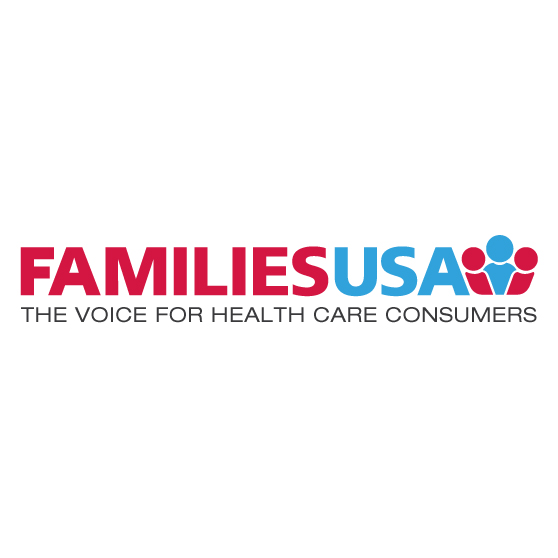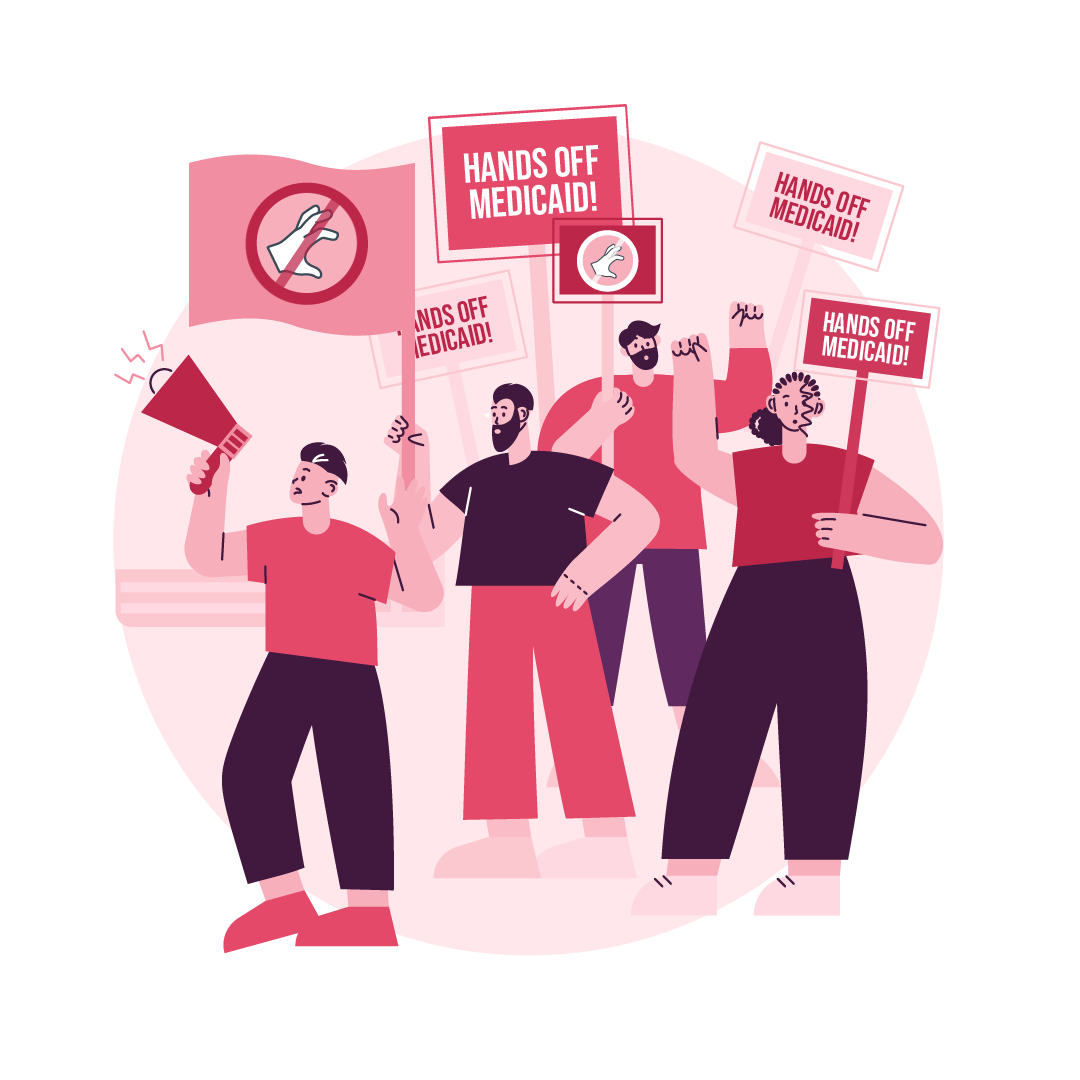
Congressional Budget Office Shows the Impact of Trump’s CSR Sabotage
By Stan Dorn,
08.16.2017
For months, President Trump has been threatening to cancel so-called called “cost-sharing reduction” payments, or CSRs. This is apparently part of his brazen strategy to “implode” health insurance marketplaces and force Democrats to negotiate about the Affordable Care Act’s (ACA) future. CSR payments cover insurers’ cost of lowering deductibles and other out-of-pocket costs for almost 6 million marketplace enrollees in low-wage, working families.
On August 15, the Congressional Budget Office (CBO) released its analysis of what would happen if CSR payments were eliminated. The CBO findings show damage to the insurance markets, health care consumers, and the deficit.
CSR sabotage would immediately destabilize individual health insurance markets
Even if CSR payments were cut in an orderly way, with advance notice to insurers before they finalize their rates, CBO found that in 2018:
- Premiums would rise by 20 percent for silver-level coverage offered in health insurance marketplaces next year and by 2020, premiums would be 25 percent higher than under current law. This fits earlier estimates by the Kaiser Family Foundation, which pointed out that states that have not expanded Medicaid would experience the greatest harm. The refusal to expand Medicaid means that people between 100 and 133 percent of the federal poverty level (FPL) receive marketplace coverage instead of Medicaid.1 In such non-expansion states, many more covered lives would be affected by the termination of CSR payments, forcing correspondingly greater premium increases.
- Insurance companies would pull out of the market next year, leaving 5 percent of all Americans living in areas without a single carrier offering individual insurance. Roughly a million people would become uninsured in the near-term, as a result. Insurers might not return until 2020 to geographic areas they left in 2018.
If CSR payments are cut more haphazardly, with insurers receiving notice after finalizing their rates, they would face substantial financial losses. As a result, more carriers would pull out of the market, and entire states could lose all access to marketplace coverage. Precisely such a chaotic scenario would result if President Trump eliminates CSR payments after another month or two.
CSR sabotage would reduce the financial support offered to low- and moderate-income working families
Under the ACA, premium tax credits are limited in the amount they can rise each year. CBO found that, because of unexpected premium spikes resulting from CSR termination, those tax credits would increase faster than under current law, but not enough to match skyrocketing premiums. As a result, low- and moderate-income people would have to pay more for the same insurance. For example, a single person earning $18,900 a year would pay 11 percent more than under current law for silver-level coverage in 2026.2
CBO once again found that, if Trump doesn’t sabotage them, insurance marketplaces will remain stable
If CSR payments remain in place, as under current law, CBO found that less than one-half of one percent of the country will live in areas without individual health insurance options. Past CBO analyses of Republican health-care-repeal proposals similarly concluded that, under current law, marketplaces will remain stable. Consistent with CBO’s analysis, Bloomberg News reported that, as of August 15, 2017, only 0.003 percent of marketplace consumers lived in counties without coverage options for 2018, and 77 percent lived in counties where two or more insurance companies offered marketplace plans.
CBO noted that some insurance companies have already raised their premiums, “as a result of current uncertainty about future CSR payments.” Put differently, Trump has already begun destabilizing insurance markets, by merely threatening to end CSR payments.
CSR sabotage would boost the federal budget deficit by roughly $200 billion–giving insurance companies more federal money, not less
For every dollar saved by cutting CSR payments, the federal government would spend three additional dollars on higher premium tax credits. Those higher costs mainly result from the increased premiums that insurance companies would charge to offset their loss of CSR payments. On balance, eliminating CSR payments would increase the federal budget deficit by $194 billion over 10 years, according to CBO, with additional outlays potentially resulting from lawsuits brought by aggrieved insurers.
Millions of Americans would be forced to change their health insurance
After insurance companies adjust to the loss of CSR payments, overall coverage levels would be similar to current law. However, the unanticipated consequences of CSR sabotage would change health insurance arrangements for millions of Americans:
- Fewer employers would offer coverage to their workers, according to CBO. By 2022, 3 million people would lose their employer-sponsored insurance.
- Almost the only people buying silver-level coverage in the marketplace would be tax-credit beneficiaries with incomes below 200 percent of FPL. People with incomes above that level would be forced, by higher premiums, to seek alternative forms of coverage. Based on data from the Administration, more than 1.5 million people would need to change their individual-market plans.3
- Because of how higher premiums affect tax credits, the purchasing power of premium tax credits would shift from lower- to higher-income tax-credit beneficiaries. People with incomes too high for tax credits who receive gold coverage would also benefit, while people with incomes under 200 percent of the federal level for poverty would lose out.
The details are complicated, but the bottom line is simple: CSR sabotage will destabilize individual markets, end coverage options for millions of Americans, raise health insurance costs for low- and moderate-income consumers, increase the federal budget deficit, and force millions of Americans out of the insurance they receive today from employers or the individual market.
1The percentages in the text are net income thresholds. Gross thresholds of modified-adjusted-gross income (MAGI) are 5 federal-poverty-level percentage points higher.
2$500 not covered by tax credits if CSR sabotage occurs, compared to $450 under current law.
3According to HHS data, 1,452,000 people selected silver, marketplace coverage for 2017, without qualifying for CSRs. https://www.cms.gov/Research-Statistics-Data-and-Systems/Statistics-Trends-and-Reports/Marketplace-Products/Downloads/2017_OEP_State-Level_Public_Use_File.zip Additional consumers qualified for CSRs with incomes between 200 and 250 percent of FPL.




